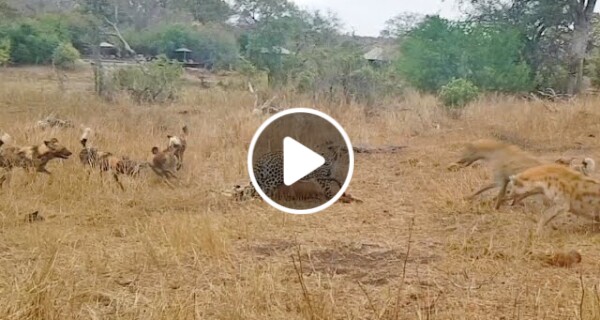The dynamics of predator and prey interactions in the African savanna are vividly illustrated through the relationships among leopards, wild dogs, hyenas, and impalas. Each species plays a distinct role in the ecosystem, contributing to the intricate balance of life in their habitat. Leopards, known for their solitary and stealthy hunting techniques, often rely on their exceptional climbing skills to ambush prey from above. Their primary targets include impalas, which are agile and swift, making them a challenging catch. The leopards’ ability to adapt to various environments allows them to thrive in diverse landscapes, from dense forests to open grasslands.
In contrast, wild dogs are social hunters that rely on teamwork and strategic planning to take down their prey. Their cooperative hunting style enables them to pursue and exhaust animals like impalas over long distances. Wild dogs are known for their high success rate in hunts, which is attributed to their endurance and communication skills within the pack. This social structure not only enhances their hunting efficiency but also plays a crucial role in their survival, as they can defend their territory against other predators, including hyenas.
Hyenas, often misunderstood, are highly intelligent and adaptable scavengers that also engage in hunting. They are known for their powerful jaws and strong social structures, which allow them to compete effectively with other predators. While they often scavenge from the kills of leopards and wild dogs, they are also capable hunters in their own right. The interactions among these species create a complex web of competition and survival, with impalas caught in the middle as both prey and a vital component of the food chain. Understanding these relationships provides insight into the ecological balance and the survival strategies employed by each species in the wild.




Animals Reunited With Owners After Years !.
Angry dogs vs mirror reaction.
I Survived The 5 Deadliest Places On Earth.

